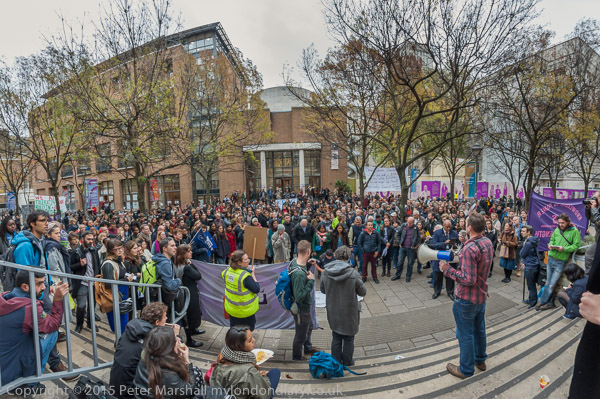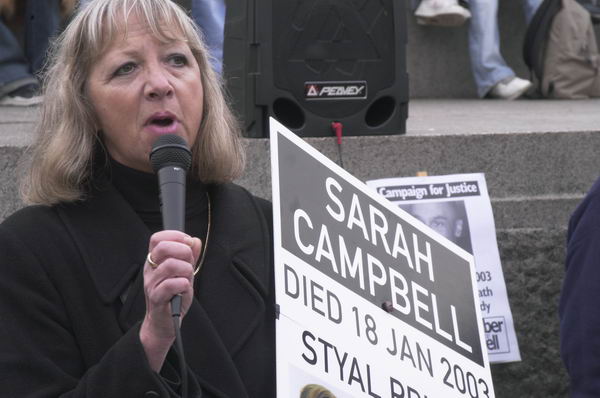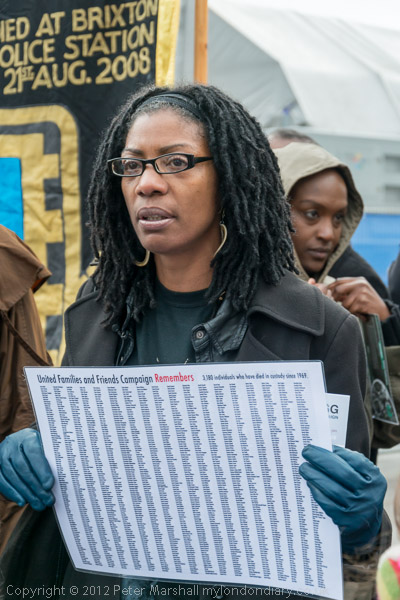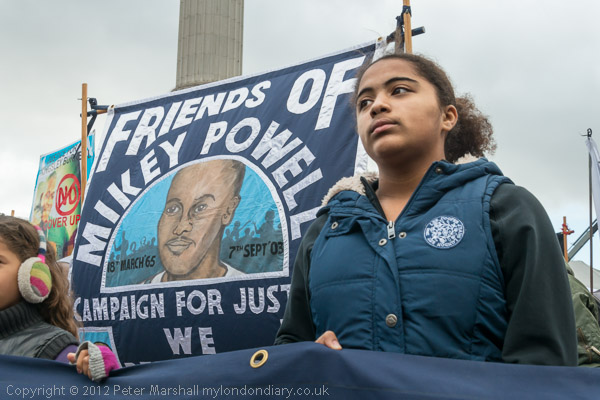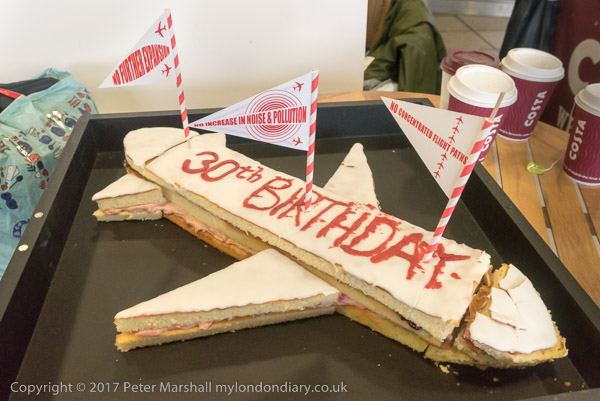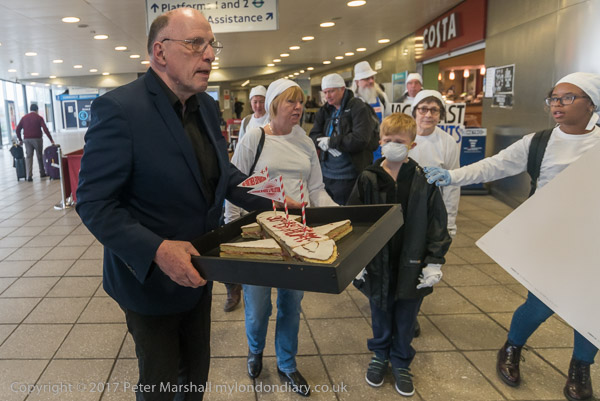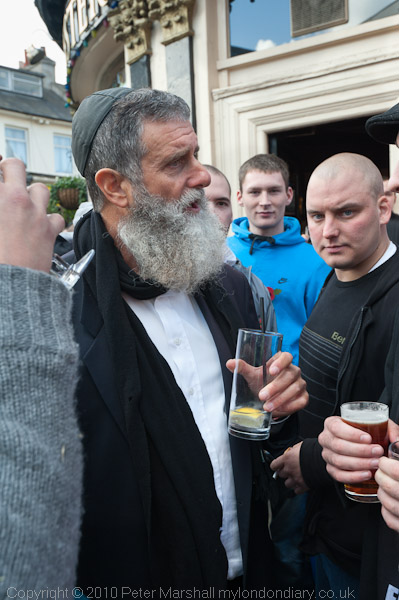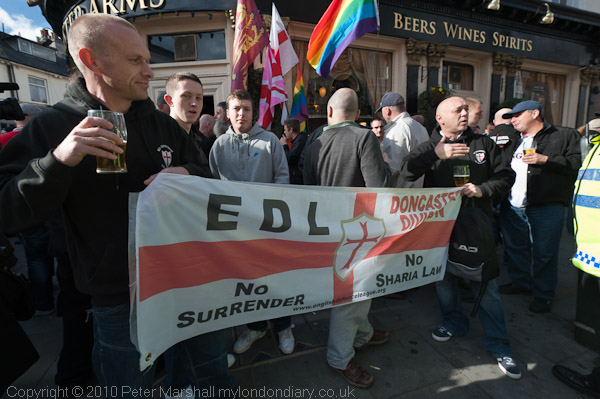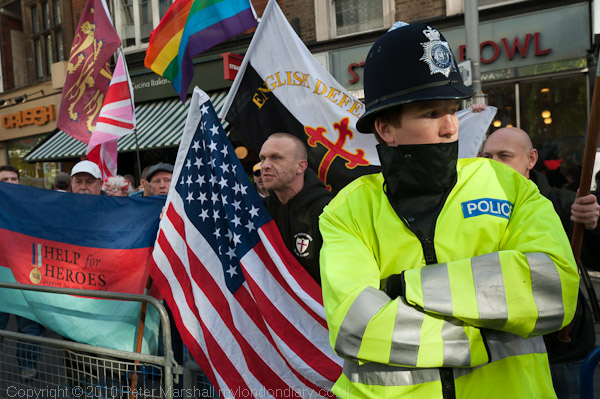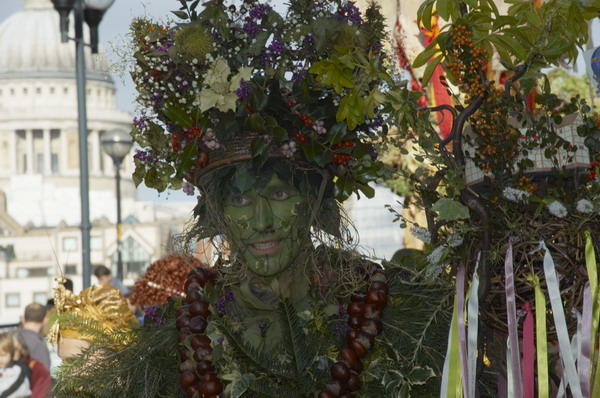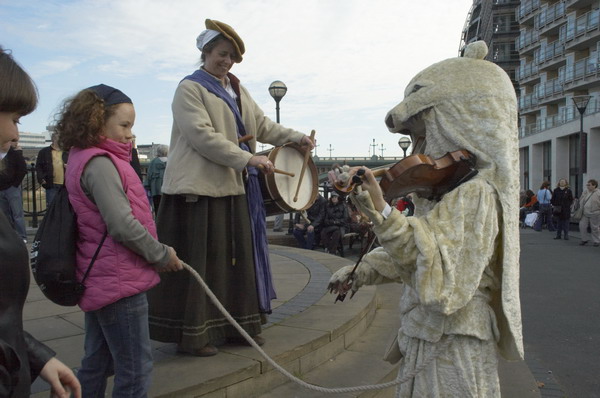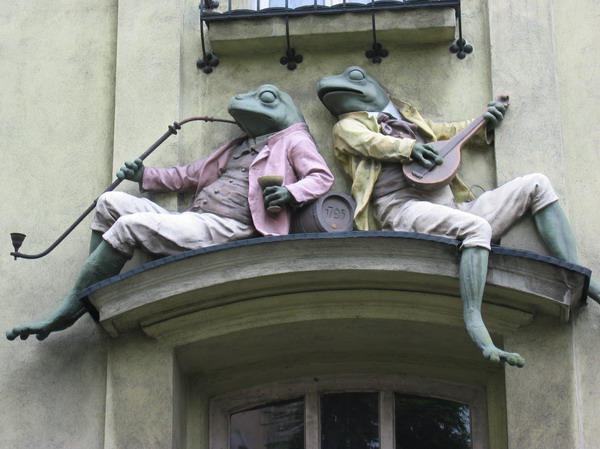Roma, Olympic Park and Mind: After a morning protest by Roma at the Czech Embassy in Kensington I took a walk around the Olympic Park in Stratford before joining the Mental Health Resistance Network (MHRN) and Disabled People Against Cuts (DPAC) who were holding a Halloween Demo at the national office of Mind.
Roma protest Czech Murder – Czech embassy, Kensington

Ladislav Balaz, Chair of the Roma Labour Group and Europe Roma Network and others had come to hand in a letter calling for the murder of a young Romani man by neo-Nazi skinheads in Žatec to be properly investigated.
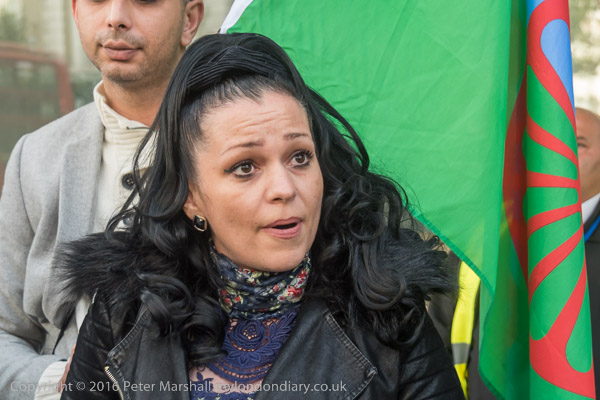
The man who had lived in the UK until a year ago was a second cousin of Balaz. He was set upon as he went to buy cigarettes at a pizzeria.

Most cases of murders of Roma in the Czech Republic are dismissed by police as accidents and they have already issued false stories about the victim, claiming he was mentally ill and attacked people. The Roma demand justice and equality for everyone in Czech Republic and the elimination of any double standards of justice. Several of the protesters made speeches in Czech as the letter was presented.
A Walk in the Olympic Park – Stratford

I had several hours between the protest outside the Czech Embassy and a protest in Stratford High Street and decided it was a good occasion to take another walk in the park at Stratford which had been the site of the 2012 London olympic games and to make some more panoramic images.

It was a year since I had been there, and four years since the Olympics and I had hoped to see the park in much better condition than I found it. Considerable progress had been made in the buildings which are shooting up around it and many of the ways into the park are still closed.

I walked around much of the southern area of the park and found it still “largely an arid and alienating space composed mainly of wide empty walkways rather than a park.”

I took rather a lot of pictures, both panoramic and more normal views before it was time to make my way back through the Westfield shopping centre into the centre of Stratford.

Many more pictures at A Walk in the Olympic Park.
Against Mind’s collusion with the DWP – Stratford

The Mental Health Resistance Network (MHRN) and Disabled People Against Cuts (DPAC) came for a Halloween Demo at the national office of mental health charity Mind in Stratford.

They complain that Mind failed to mention the effects of welfare reform, sanctions, or benefit-related deaths in its latest five-year strategy and has dropped its support for the long-running court case aimed at forcing the government to make WCA safer for people with mental health conditions.

Mind’s policy and campaigns manager Tom Pollard had been seconded to work as a senior policy adviser to the DWP and was to start the following day and they demanded the resignation of Mind’s chief executive, Paul Farmer.

Farmer came out to meet the protesters on the pavement and told them that Mind was still working for people with mental health problems and not for the DWP, and that Pollard’s decision had been entirely a personal one in order to gain more insight into the workings of government rather than to assist them in the any discrimination against the disabled.

The protesters were unconvinced and after he had finished speaking several spoke about how local Mind groups were working against the interests of those with mental health problems. They claimed the local managers were often more interested in empire building than in the welfare of benefit claimants.
More pictures at Mind’s collusion with the DWP.






